Figures & data
Figure 1. In vitro characterizations of UV-inactivated DENV2 TMC NPs

Figure 2. TMC NPs assist UV-inactivated DENV2 in enhancing the maturation of MoDCs
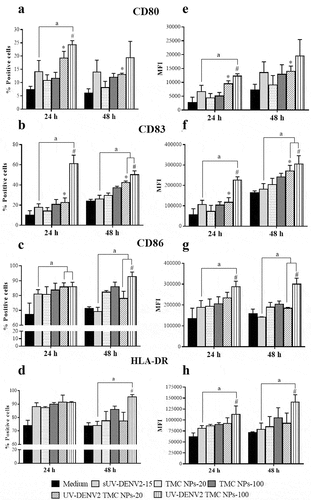
Figure 3. Cytokine and chemokine profiles of UV-inactivated DENV2 TMC NPs treated MoDCs
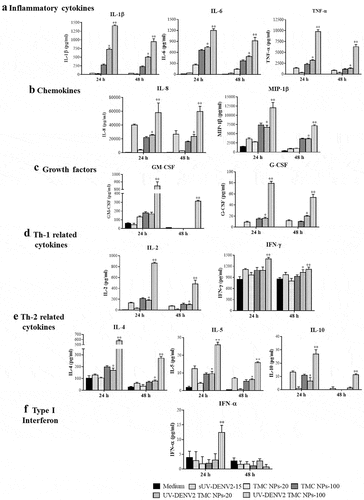
Figure 4. Immunization with UV-inactivated DENV2 TMC NPs up-regulates antibody production
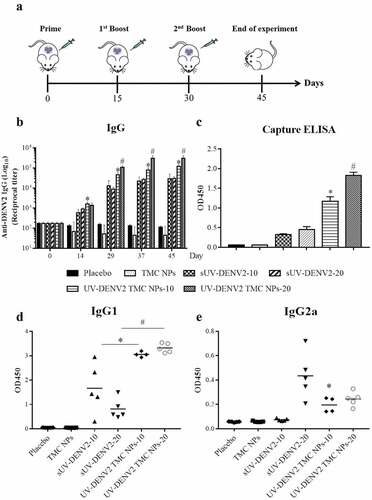
Figure 5. Production of neutralizing antibody against DENV-2 upon UV-inactivated DENV2 TMC NPs or sUV-inactivated DENV2 immunization
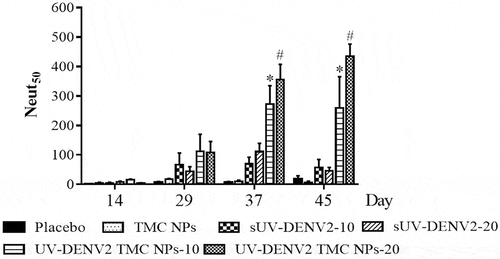
Figure 6. Neutralizing enhancement of DENV-2 immune serum upon treatment with complement
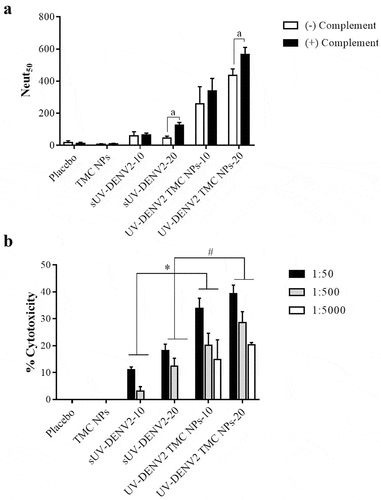
Figure 7. Cell-mediated immune responses elicited by UV-inactivated DENV2 TMC NPs or sUV-inactivated DENV2 vaccination

